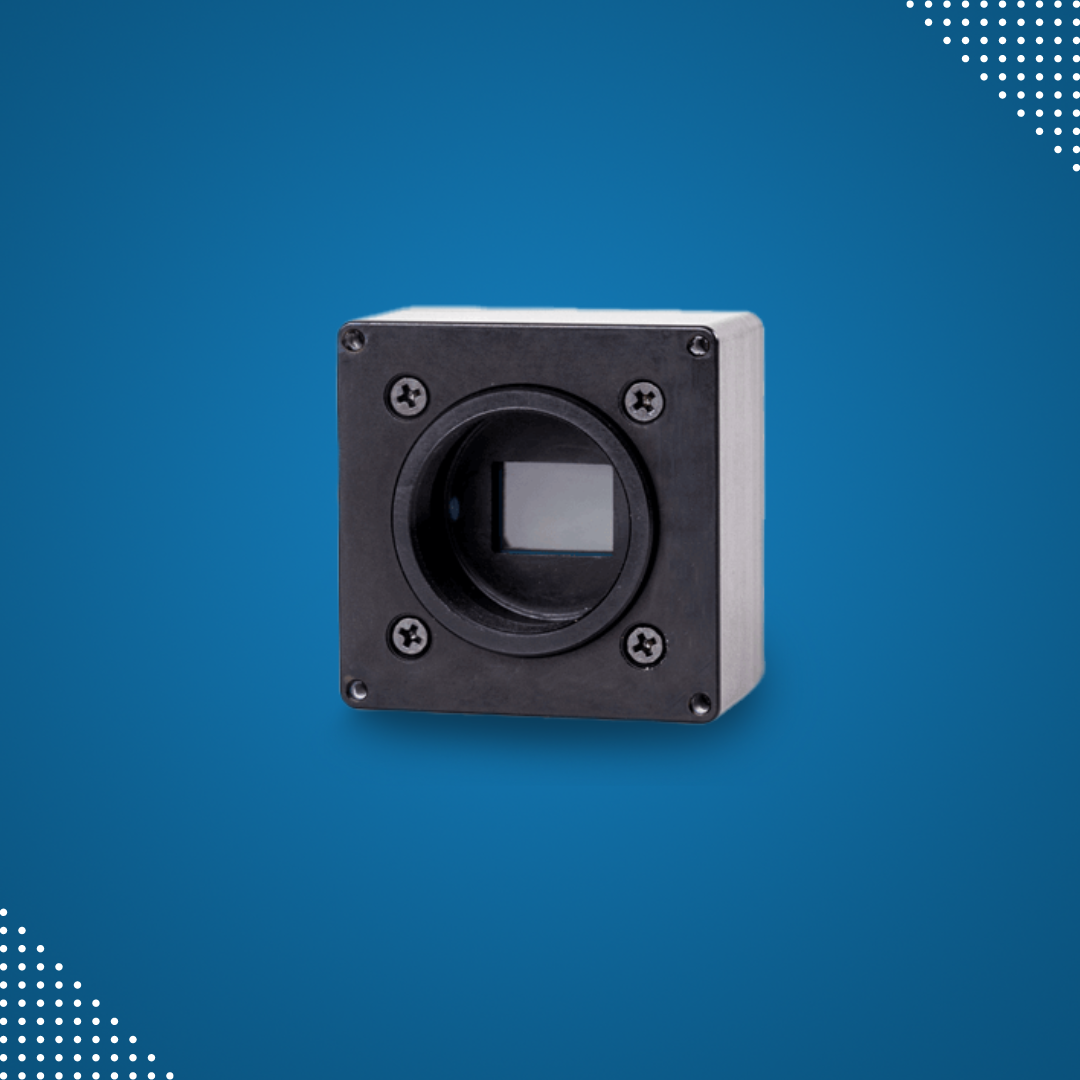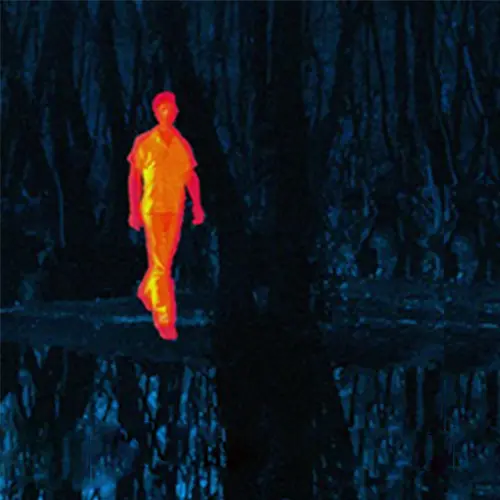We are constantly taking advantage of more and more computational power for lower price, however, what are most people doing with that technology? In our daily lives, you can find that since the price is being reduced for memory, processors, screens, and more, consumers and industry are purchasing smaller yet more powerful versions of better technology and adding more and more capabilities. This is giving us more buying power and taking up smaller footprints.
In the last 15 years or so, we have seen FPGAs grow in capability, require less power, shrink in size, have more computational capabilities, more logical blocks and have more memory. The chips can efficiently utilize SoC (System on Chip) which embeds resources that historically took separate FPGAs, ASICs or 3rd party chipsets. This reduces the overall size requirements without the added components and extra FPGAs (each for unique processes), thus reducing size greatly. When total components are reduced, the footprint required is much smaller and reduces size. Power design is less demanding with less components which saves on power budget and size. Adding unnecessary components that are redundant compared to a new, efficient design also increases the power.
As an example, if two cameras with the same sensor operating at the same output speed that are 60 cubic cm vs. 16 cubic cm, what does one perceive? Sensors perform better at lower temperatures. In standard cameras, the target of a camera designer is to make the sensor operate between ambient to 40 ℃. Every 6 to 8 degrees C, the dark current doubles, thus contaminating the image with noise and hurting dynamic range and signal to noise ratio. In cameras that have sensors that must correct for FPN (fixed pattern noise), whether or not the image requires more computation to correct, is only part of the issue. More heat increases the fixed pattern noise, requiring an overall reduction in total dynamic range, thus heat is the enemy. My first assumption would be the camera that has 60 cubic centimeters has substantially larger power consumption.
The reason is if sensors are the same, the target sensor temperature to physical cubic dimensions of the body describes more heat dissipation is required to keep the sensor performing within the target temperature range. Ideally, for thermal optimization within a camera, growing the size of the camera with a heat path to extract the thermal contamination from the internal components is ideal for image quality. Since most camera designers are targeting the same temperature performance at the sensor, what does that mean for the rest of the camera electronics? I would ask “is the camera 4 times larger not taking advantage of the latest technology?”
Power budgets are often a large concern. Some camera systems are run from batteries or have a total overall power budget due to a limitation on the power source.
In a factory environment, making the tough choices to reduce your carbon footprint and ‘be green’ are currently social obligations which have global warming consequences. Conversely, overall less power consumption and less heat assist in product MTBF (Mean time between failure). Cameras that continuously run at or close to the maximum power allowable have lower MTBF figures due to the strain on the components. In comparison of the following two products, ‘Product X’ having a 60 cubic centimeter size, operates at 13.5W and has a maximum operating temperature of 50C vs. ‘Product K’ having a 16 cubic centimeter size, operates at 7.5W and an operational maximum temperature of 70C, which product would you expect to last longer? The heat stress is substantially less on ‘Product K’ and has a substantially longer life expectancy that can be quantified in lower downtime and dollar spent repairing or replacing the camera.
Size, weight and power force innovation. Taking advantage of the latest chipsets that are more powerful, reduce size of the cameras, weight and ultimately allow the OEM, customer or user of the technology the ability to adapt the camera in the smallest of locations and add to the overall system performance of their product. This way, the camera can be used in a variety of applications from the smallest of available spaces to large imaging platforms.
Read about the small sized Iron cameras
If you have any questions or need technical support,
please do not hesitate to contact us.
Thank You!
KAYA Instruments Team




